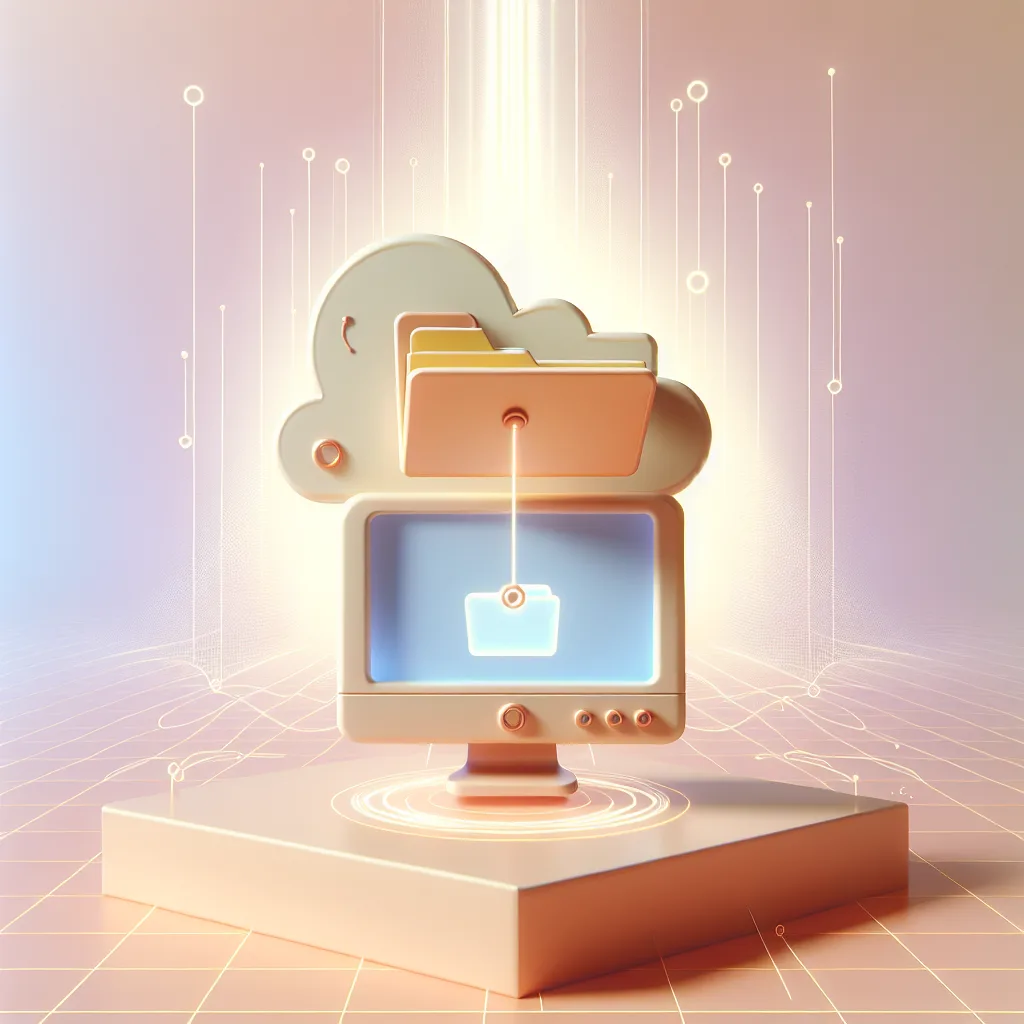Confused by terms like ‘mounting’ and ‘file access’? This friendly guide breaks down these core computer concepts in a simple, easy-to-understand way.
Ever felt like your computer is speaking a different language? You hear words like “mounting a drive” or “file access denied” and you just nod along, hoping no one asks you to explain. I’ve been there. It can feel a bit like everyone else got a secret manual for their computers, and you were out sick that day.
But here’s the thing: these concepts aren’t as complicated as they sound. So, grab a coffee, get comfy, and let’s untangle this together.
First off, why should you even care?
Think about your digital life. You’ve got photos, documents, music, movies… all your important stuff. Knowing a little about how your computer organizes and controls access to these files is like knowing how the keys to your house work. It gives you control, keeps your stuff safe, and helps you get to what you need, when you need it.
Good file management isn’t just for tech wizards. It’s a basic skill that can make your digital life so much easier.
So, what’s this “mounting” thing all about?
Okay, let’s start with “mounting.” It sounds so dramatic, doesn’t it? Like you’re preparing for a medieval battle.
But really, mounting is a super simple idea.
Think of it like this:
You have a USB drive. When you plug it into your computer, a new icon pops up, and you can suddenly see all the files on it. That’s mounting! Your computer has “mounted” the USB drive, making its contents available to you. When you “eject” the drive safely, you’re “unmounting” it.
So, mounting is simply the process of making a storage device (like a hard drive, a USB stick, or even a remote server) accessible to your computer’s operating system.
It’s not just for physical things you plug in. Here are a few other times you might “mount” something:
- Network Drives: At work, you might have a shared drive where your team keeps all its projects. Accessing that drive on your computer? You’re mounting it.
- Cloud Storage: If you use a service like Dropbox or Google Drive through their desktop apps, they often work by mounting a virtual drive on your computer.
- Disk Images: Sometimes you download a program and it comes as a
.dmgfile (on a Mac) or an.isofile (on a PC). When you open it, it acts like a temporary drive. You’ve just mounted a disk image.
See? Not so scary. Mounting is just telling your computer, “Hey, I want to use the files on this thing right here.”
And what about “access”?
Now let’s talk about “access.” This one is a bit more straightforward. It’s all about permissions. Who gets to do what with a file or folder?
Imagine you live in a shared house.
- Your Room: You have full access. You can go in, rearrange the furniture, and even throw things out. That’s “read and write” access.
- The Living Room: Everyone in the house can use it, sit on the couch, and watch TV. That’s a shared space with “read and write” access for all housemates.
- Your Housemate’s Room: You probably can’t just walk in and start redecorating. You might not even have a key. That’s “no access” or “read-only access” (you can see the room from the hallway, but you can’t go in and change things).
File access on your computer works in a very similar way. For any file or folder, you can set permissions:
- Read: You can open and view the file, but you can’t change it.
- Write: You can change, edit, or delete the file.
- Execute: This is mostly for programs. It means you can run the application.
These permissions are super important for security and organization. They stop you from accidentally deleting important system files, and they keep your personal documents private on a shared computer.
A real-world example
Let’s say you have a family computer. You create a folder called “Family Photos” and you want everyone to be able to see the pictures, but you’re the only one who can add new ones or delete old ones.
- You would give everyone in the family read-only access.
- You would give yourself read and write access.
Simple as that.
You’ve got this!
So, there you have it. “Mounting” is just making your files available. “Access” is about who gets to do what with them.
You don’t need to be a tech genius to understand these ideas. Just thinking about them in these simple ways can make you feel a lot more confident when you’re managing your digital world.
Next time you plug in a hard drive or connect to a shared folder, you’ll know exactly what’s happening. You’re mounting it. And if you ever see an “access denied” message, you’ll have a much better idea of what it means.
Welcome to the club. You’re officially in on the secret.
